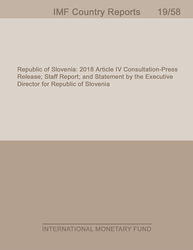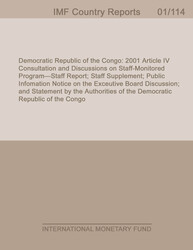
Georgia: Request for a Stand-By Arrangement; Press Release; and Statement for the Executive Director for Georgia
KEY ISSUESContext. Georgia's previous Fund-supported program, which expired in April 2014, met most of its objectives, in particular by reducing Georgia's external and fiscal imbalances. The program also helped preserve the central bank's independence after the 2012–13 political transition and strengthened its inflation-targeting framework. However, over time it proved increasingly difficult to reconcile the program's fiscal objectives with the new government's policies of increasing social spending, especially after the economy slowed and revenues fell short in 2013. Also, despite the progress achieved under the program, macroeconomic challenges remain. The current account deficit and external debt are high, leaving the economy susceptible to shocks. Strong and inclusive growth is needed to reduce widespread poverty and high unemployment. More recently, the external outlook has worsened, opening up a balance of payments need in 2014.Program and its objectives. To address these challenges, the authorities request a new three-year SDR 100 million (67 percent of quota) Stand-by Arrangement to address an external financing need in 2014 related in part to the realignment of fiscal policies to more social spending. The program will facilitate Georgia's external adjustment, reduce key macroeconomic vulnerabilities, rebuild policy buffers, and support growth.Program policies. In 2014, the program balances supporting domestic demand with the need to safeguard external stability. To reduce the output gap, fiscal policy provides a measured stimulus, while monetary policy remains accommodative. However, the authorities will tighten policies and allow the exchange rate to adjust if balance of payments pressures were to intensify. From 2015, the fiscal deficit will be reduced to keep public debt low and to create space for countercyclical policies. This consolidation will rely on raising revenue by broadening the tax base and containing current expenditure, while protecting pro-poor spending and public investment. Monetary policy will aim at price stability through improved inflation targeting. The program will seek to rebuild international reserves while encouraging greater exchange rate flexibility. Strengthening of the financial sector will continue, helped by the recommendations of the recent FSAP mission. The program also aims to contain risks from quasi-fiscal activities and support improvements in tax administration, and will complement the authorities' reforms to strengthen the business environment, improveeducation and training, create jobs and reduce poverty and inequality.
Publication date: August 2014
ISBN: 9781498382069
$18.00
Add to Cart by clicking price of the language and format you'd like to purchase
Available Languages and Formats
| English |
Prices in red indicate formats that are not yet available but are forthcoming.
Topics covered in this book
This title contains information about the following subjects.
Click on a subject if you would like to see other titles with the same subjects.
Money and Monetary Policy , International - Economics , Public Policy ,
Also of interest
Summary
Copyright © 2010 - 2025
Powered by:
AIDC



